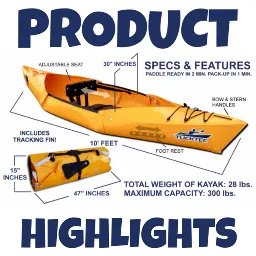Current limiting
litchralee @ litchralee @sh.itjust.works Posts 120Comments 1,127Joined 2 yr. ago
litchralee @ litchralee @sh.itjust.works
Posts
120
Comments
1,127
Joined
2 yr. ago
I Can’t Believe I Have to Make This Video | Re: Ontario Bill 212, to destroy existing bike infra in Toronto
Survey of ebikes, escooter injuries: injured ages skew higher, not lower











I don't think there's a good way to adapt this circuit to provide current limiting on the 18v rail. Supposing that it was possible, what behavior do you want to happen when reaching the current limit? Should the motor reduce its output torque when at the limit? Should the 18v rail completely shut down? Should the microcontroller be notified of the current limit so that software can deal with it? Would a simple fuse be sufficient?
All of these are possible options, but with various tradeoffs. But depending on your application, I would think the easiest design is to build sufficient capacity on the 18v rail so that the motor and 5v converter inherently never draw more current than can be provided.